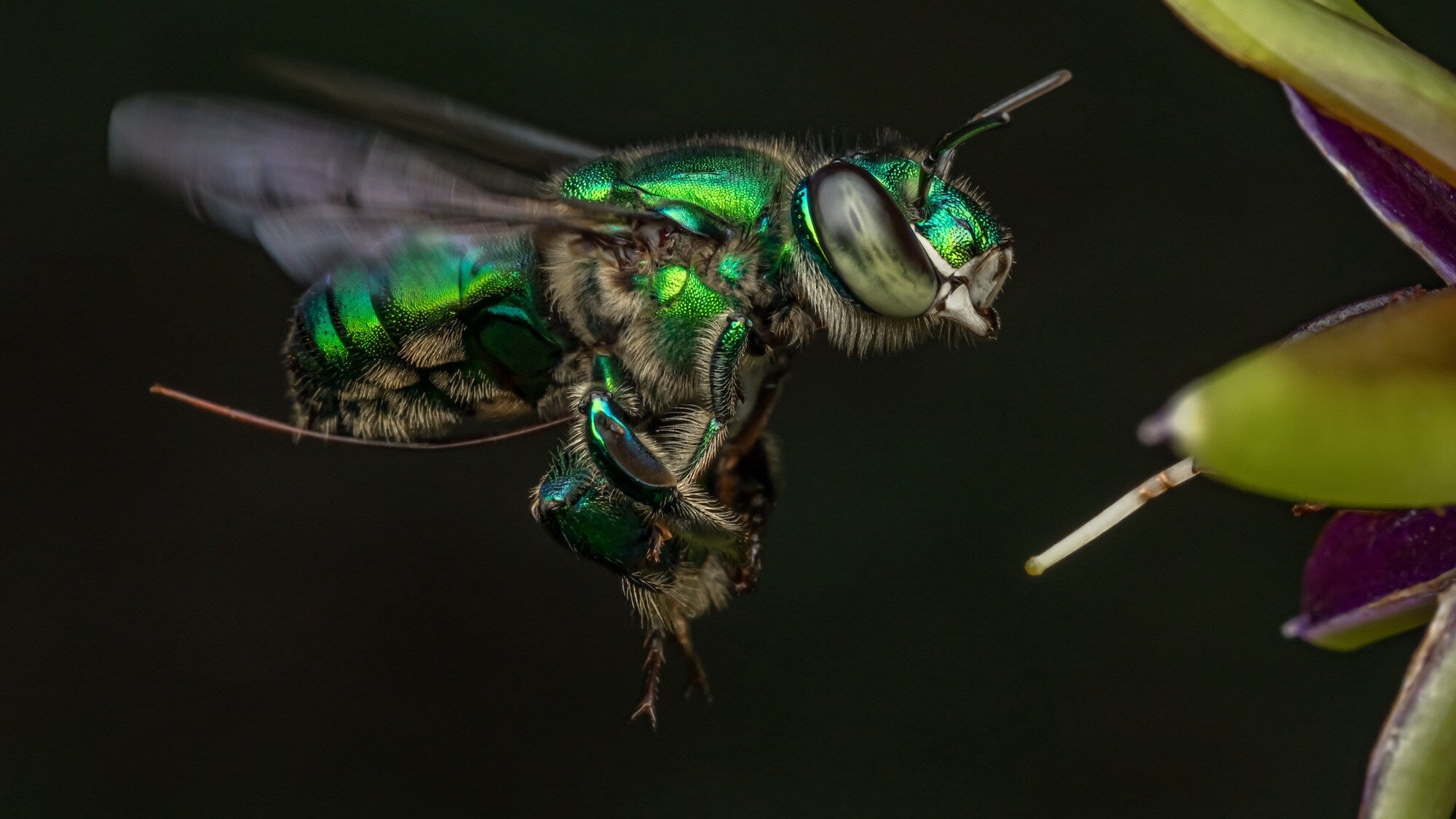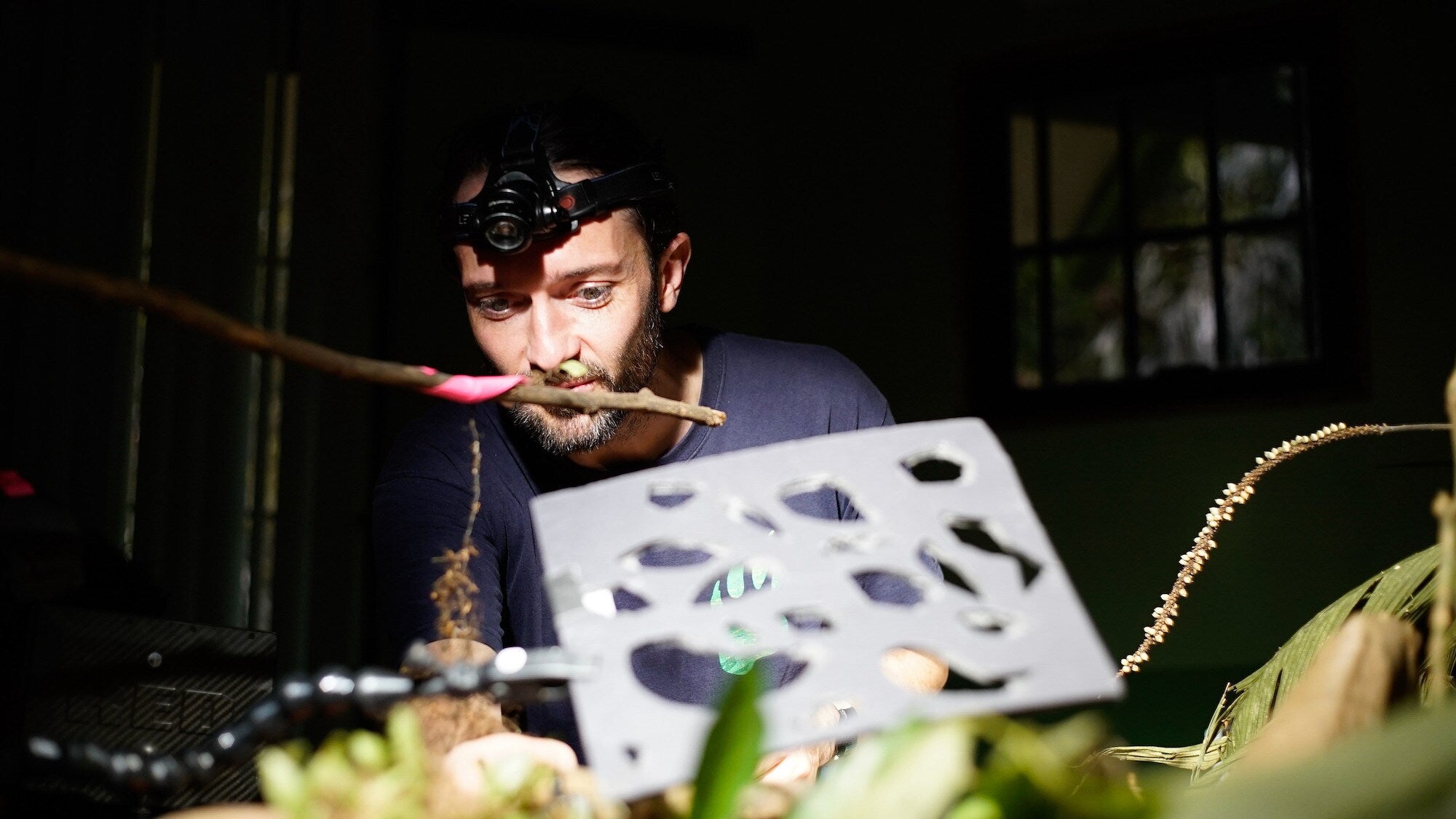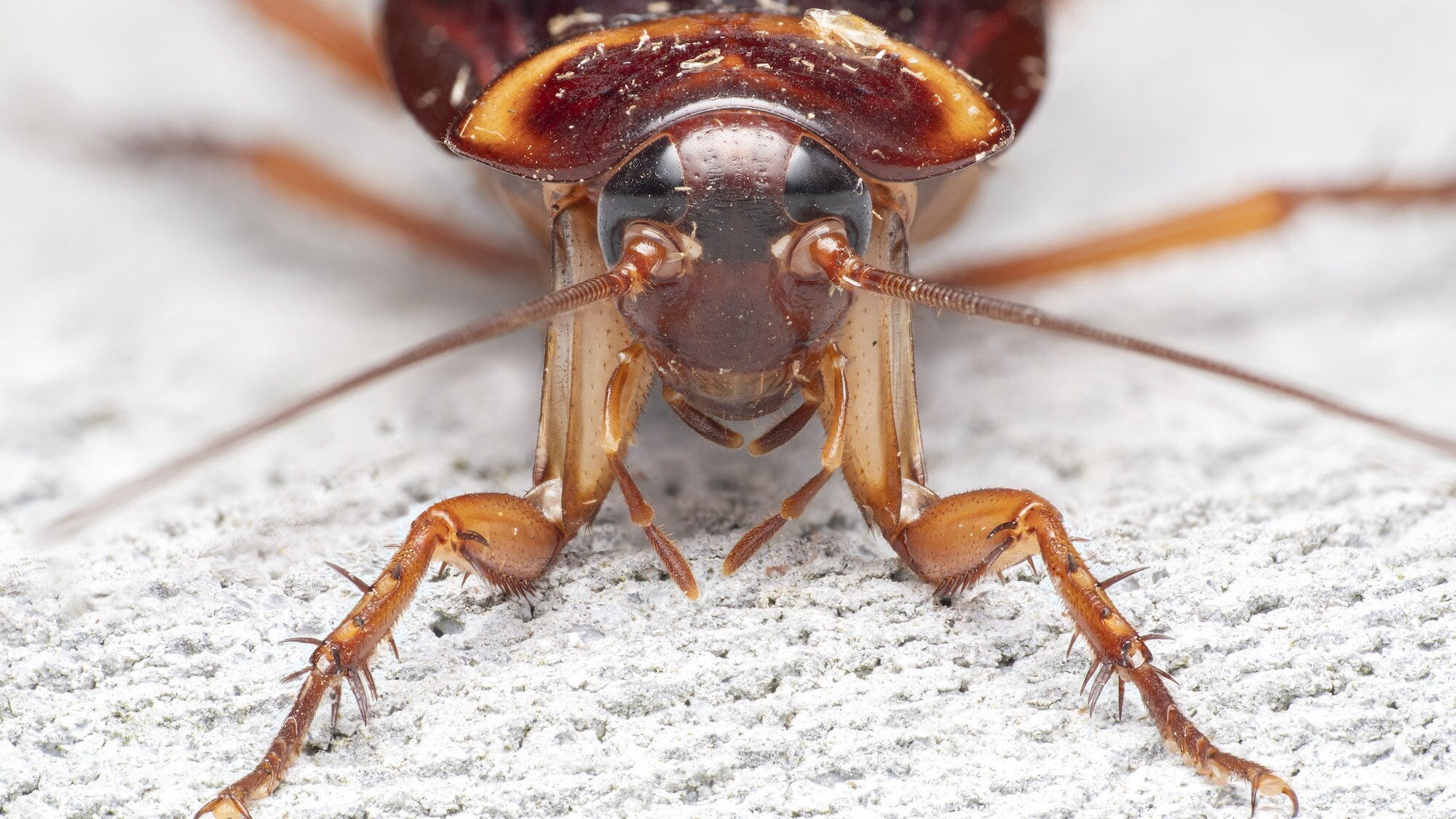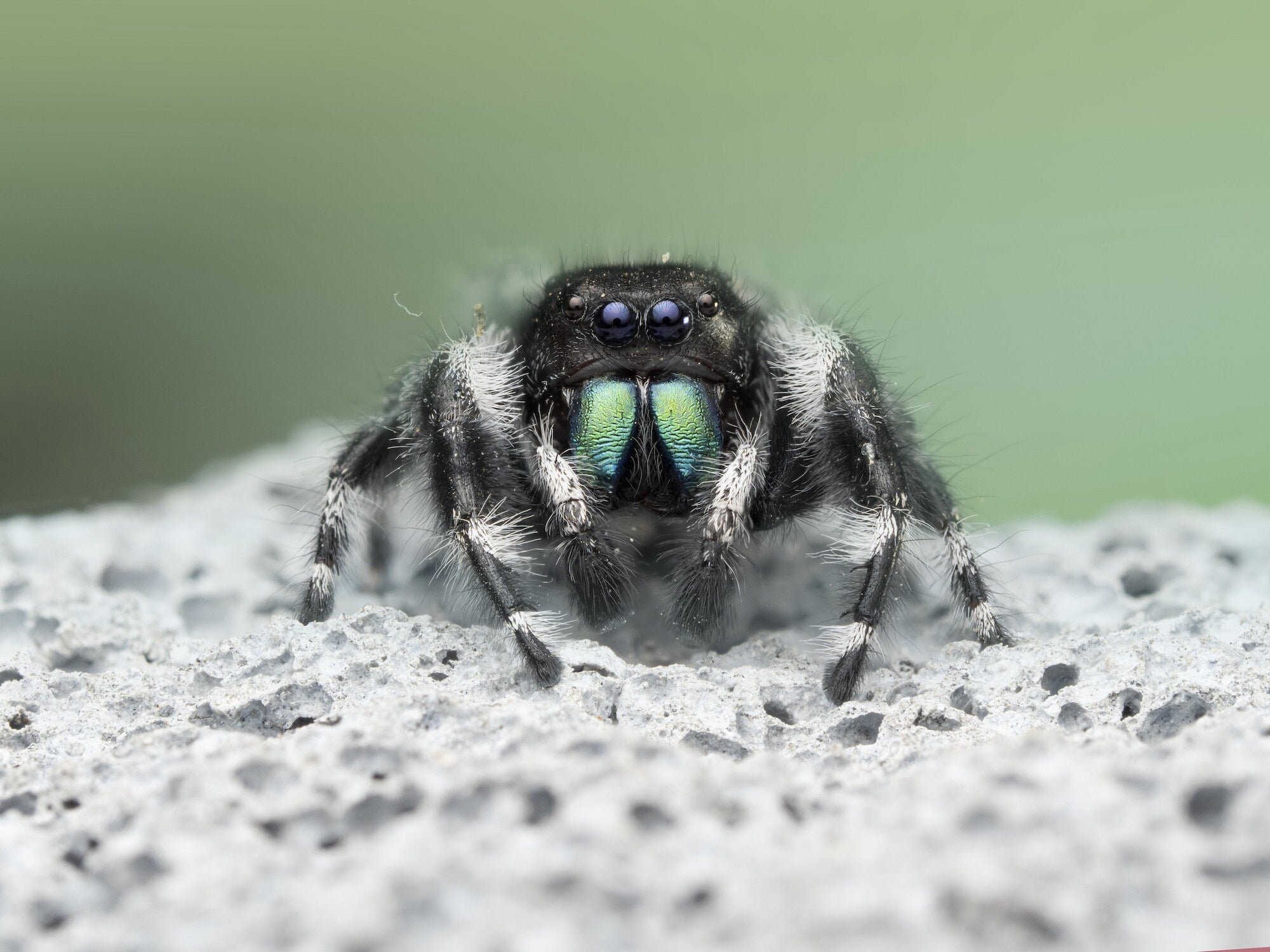The roaches, spiders, and dung beetles of the world can face a real uphill–or up anthill–battle as they navigate the big world. Their small stature makes them an easy target for squishing and they have many natural predators. Humans also view these organisms as generally less charismatic than larger and more furry critters. Our evolutionary bias makes us fear for our safety around bugs. In turn, these organisms are often sadly left behind in conservation efforts.
[Related: Why small, scary, and ‘non-charismatic’ lost species are harder to rediscover.]
“One of the reasons why we find them less charismatic is because on that evolutionary tree, they are relatively distant from us,” entomologist Tim Cockerill tells PopSci. “Our instinct is to say that insects and bugs in general are very different from us. But it’s the other way around. We’re the weird ones in terms of the diversity of animals on planet Earth.”
If you added all of the species of birds, amphibians, fish, reptiles, and mammals together, it would not be close to the over one million known insect species that live on planet Earth.
To film bugs, you must know bugs
The new docuseries A Real Bug’s Life on Disney+ is trying to change this perspective by showcasing the world’s insects and arachnids in some stellar new light. Narrated by actor Awkwafina, National Geographic’s new five-part series is inspired by the world of the 1998 Disney and Pixar animated children’s film A Bug’s Life and shows us the high stakes, real-life world of some of our planet’s smallest animals and what it takes for them to survive. The series brings viewers to New York City, a Costa Rican jungle, a backyard in suburban Texas, the African savanna, and a farm in Britain to see how familiar and more unique bugs live, eat, and get around.

The series was filmed in 4K HDR and a new generation of probe lenses helped the filmmakers really get down to a bug’s eye view. However, all of the tech in the world relies on intimate bug knowledge. That is where a bug wrangler comes in.
“Anytime that where animals and TV interact, we’ve got to set up the situation whereby we’re showing off the animal in its best light. In order to do that, you need to know these things intimately,” says Cockerill, who served as a bug wrangler and scientific consultant on the new series.

Cockerill has spent over 20 years studying insects and relies on that basis of animal behavior to help filmmakers capture images like how fire ants create an ant-bridge in a backyard pool or how dung beetles climb out of piles of feces.
“The thing that has helped more than anything is still kind of being a seven year old kid in the backyard, looking at insects in the bushes. You begin to realize that when the temperature comes up, that’s when they start to take off,” says Cockerill. “Conversely, you know that early in the morning they are nice and still, so we can get close-up portraits.”
‘Underdogs of the bug world’
In the series, one of the most difficult creatures to film was the ubiquitous cockroaches of New York City. While there are an estimated 120 cockroaches for each person in the Big Apple, they are lightning fast and difficult for even experienced bug wranglers to catch.
“Cockroaches are the underdogs of the bug world. I’ve got a strange fondness for cockroaches,” laughs Cockerill. “Having to spend days on end working with cockroaches and trying to encourage them to perform their natural behaviors for us in front of the camera is always a slight challenge.”
[Related: Scientists strapped tiny cameras to beetles to get a bug’s-eye view of the world.]
Cockerill points to their “hidden superpowers” that make them some of the animal kingdom’s ultimate survivors. There are an astonishing 4,600 species of cockroaches in the world and scientists estimate that they are at least 200 million years old. They can survive and thrive in dirty and dingy environments and their bodies can survive without a head for up to one week. Roaches breathe through the small holes in their body segments and have an open circulatory system. This means its head is not required to breathe. Without a way to drink water, they will eventually die from dehydration. They can squeeze into gaps that are only one tenth of an inch wide.

“It’s a bit like if you take a can of Coke, you squeeze it, and then it kind of pings back out when you let go. Cockroaches have evolved the ability to do that. They can squeeze through the tiniest tiny crack so that it’s almost like pouring liquid through cracks,” explains Cockerill.
Documenting drama–accurately
Engaging nature documentaries can run the risk of anthropomorphizing, or applying human characteristics or attributes to animals. Cockerill and the team addressed that in this series by not giving the bugs a name and showcasing the very real struggles in their lives, from outrunning a hungry mantis, finding food, to avoiding being squished by our shoes.

“All of the dramas that happen in our lives and the things that drive us are also happening in the lives of all these smaller animals,” says Cockerill. “So by making films where we’ll be following an individual character, it’s just a human way into the lives that are happening for real under our noses all the time.”
A Real Bug’s Life premieres on Disney+ on January 24.





